Allgemeine SS Black Service Tunic M32
SKU: 50.GOR.02.02.01.01.001
Estimated market value:
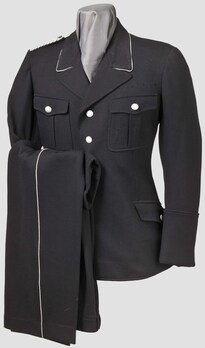
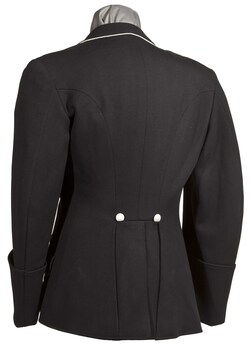
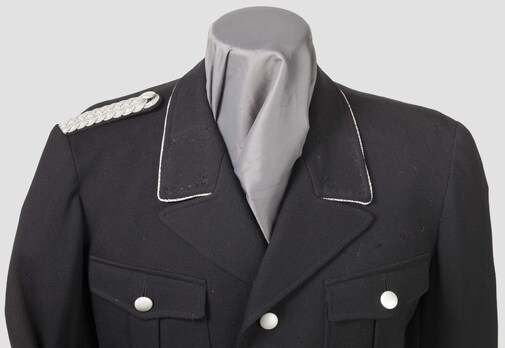
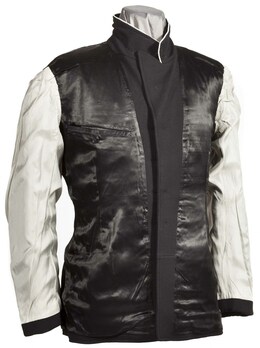
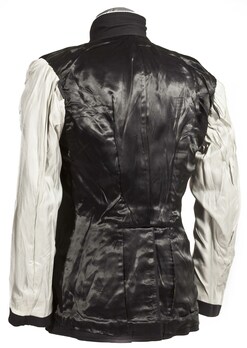
Estimated market value:
Attributes
History
The black SS service uniform was introduced in 1932 and was worn by all branches and departments of the SS, including the Allgemeine SS, the SS-Verfügungstruppe, the SS-Totenkopfverbände, and the Leibstandarte SS 'Adolf Hitler'. It was the standard uniform worn for service, ceremonies, political events, and funerals.
Since all members of the SS wore the standard black uniform, rank and divisional insignia was relied upon to distinguish between the different departments, units, and ranks. Such insignia included collar tabs, shoulder straps, and cuff titles.
The single-breasted, open-collared tunic is cut in the traditional military “Rock” style and features two pleated breast pockets, two lower slash pockets, and a rear vent. The tunic has four front closure buttons, and all exposed buttons are pebbled and matte silver in colour. The tunic waist features two belt suspension hooks, and the sleeves have deep turn-back cuffs. The collar is edged with piping that denotes the rank of the wearer: silver cord for Officers, and black and silver twisted cord for Non-Commissioned Officers (NCOs) and Enlisted Men (EMs).
The Officer’s black uniform was manufactured out of wool gabardine or cotton twill and was purchased on an individual basis from the Kleiderkasse-SS (clothing supplier of the SS).
The uniforms worn by EMs were made out of high-quality wool by RZM regulated manufacturers.
A red swastika armband with black borders was worn to denote membership in an SS unit. A cuff title was one of the most important additions to denote membership in a specific SS unit, division, or branch. Some tunics may feature an “old fighters” chevron on the upper right sleeve.
The SS black service uniform was used from around 1932 until 1942 when Heinrich Himmler ordered that the uniforms be returned for use by the SS-Economic and Administrative Main Office.


Comments
Sign in to comment and reply.


Scroll Top